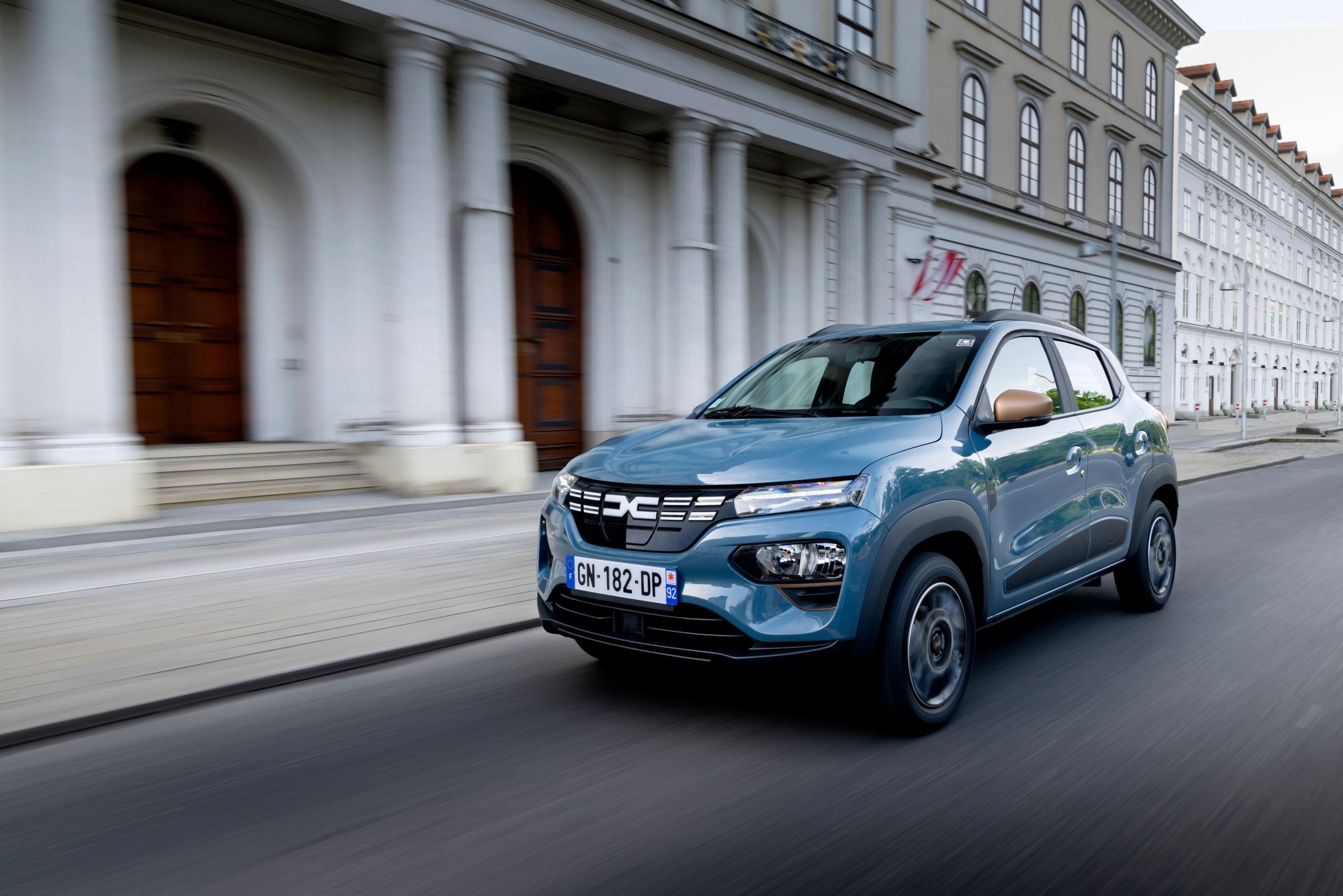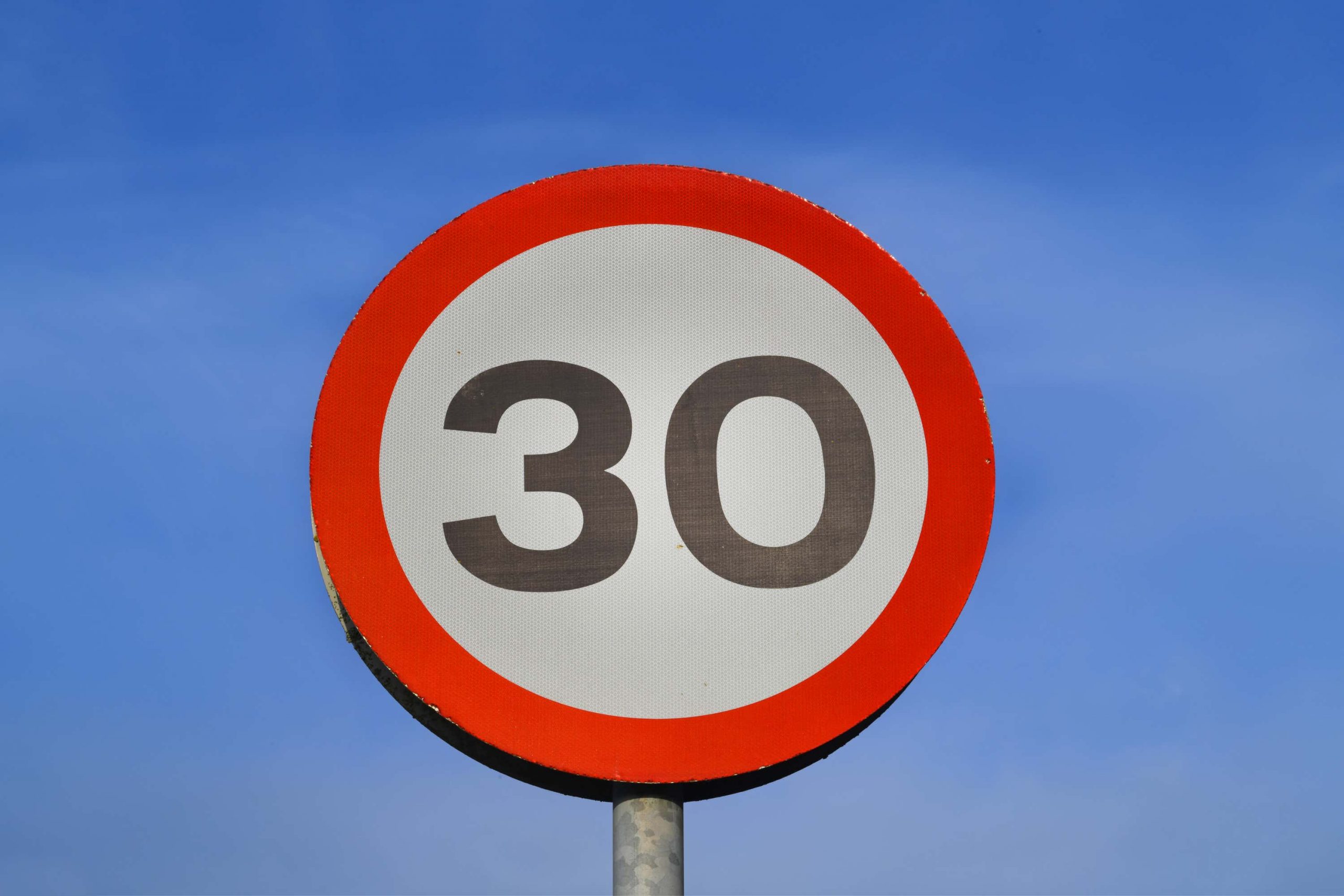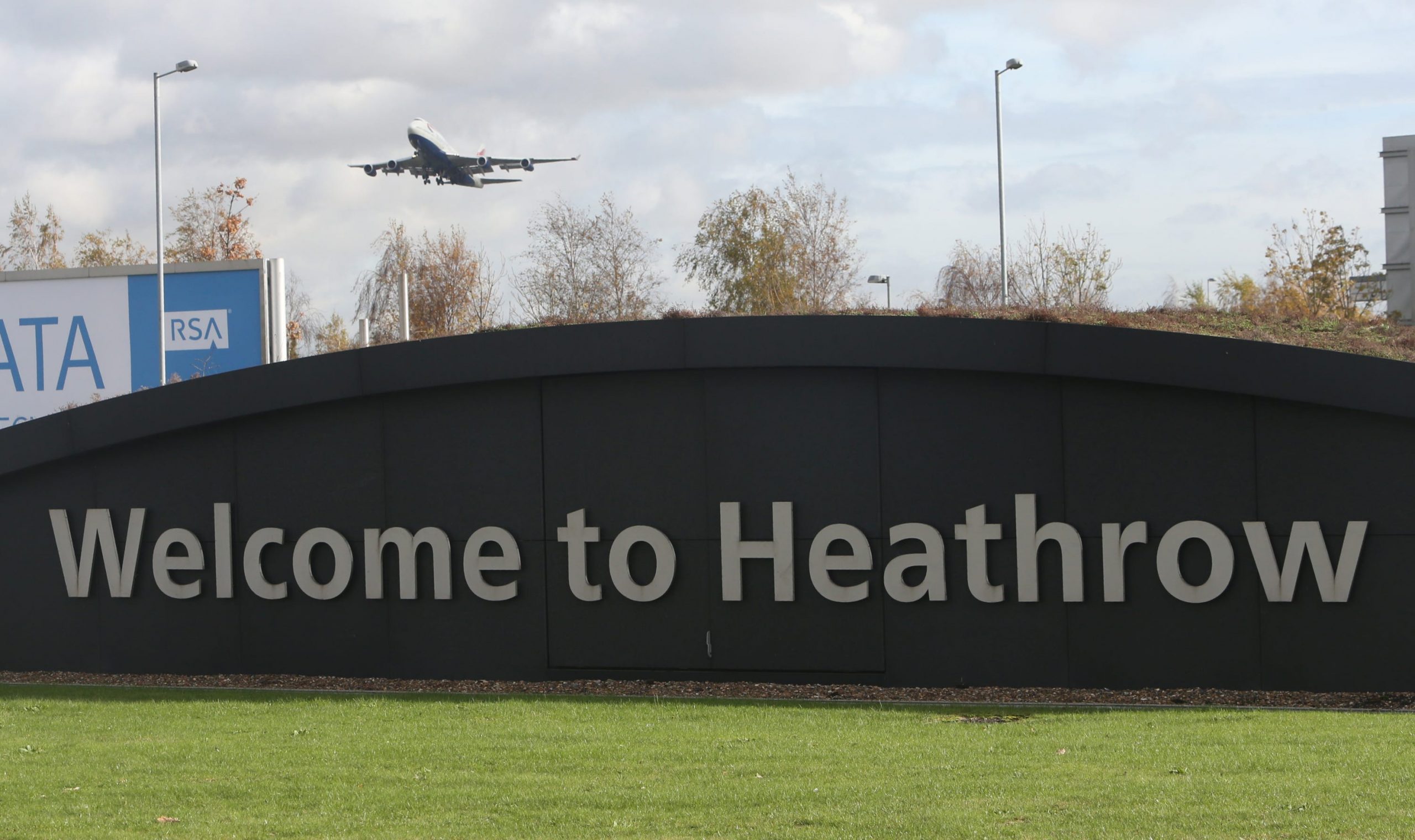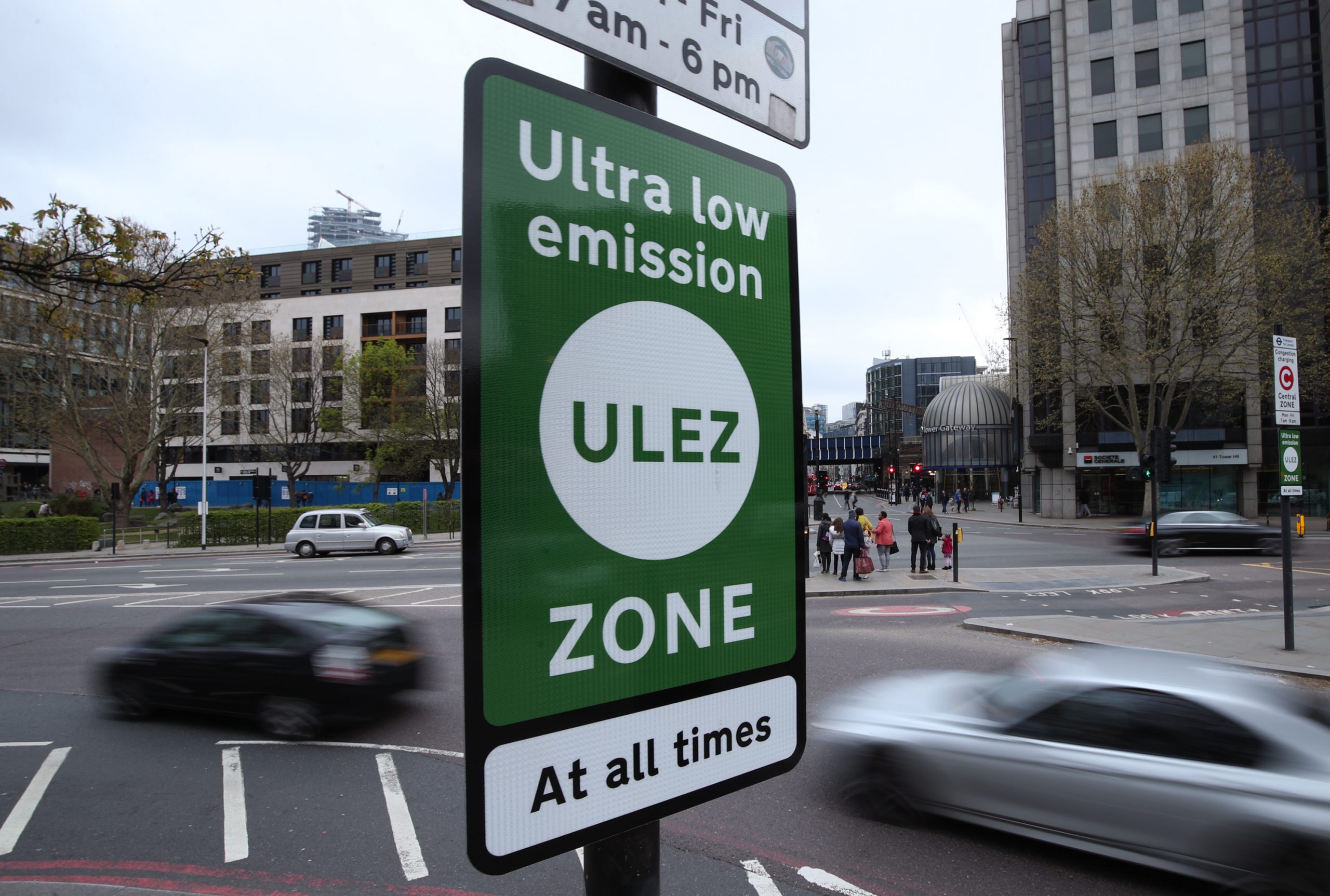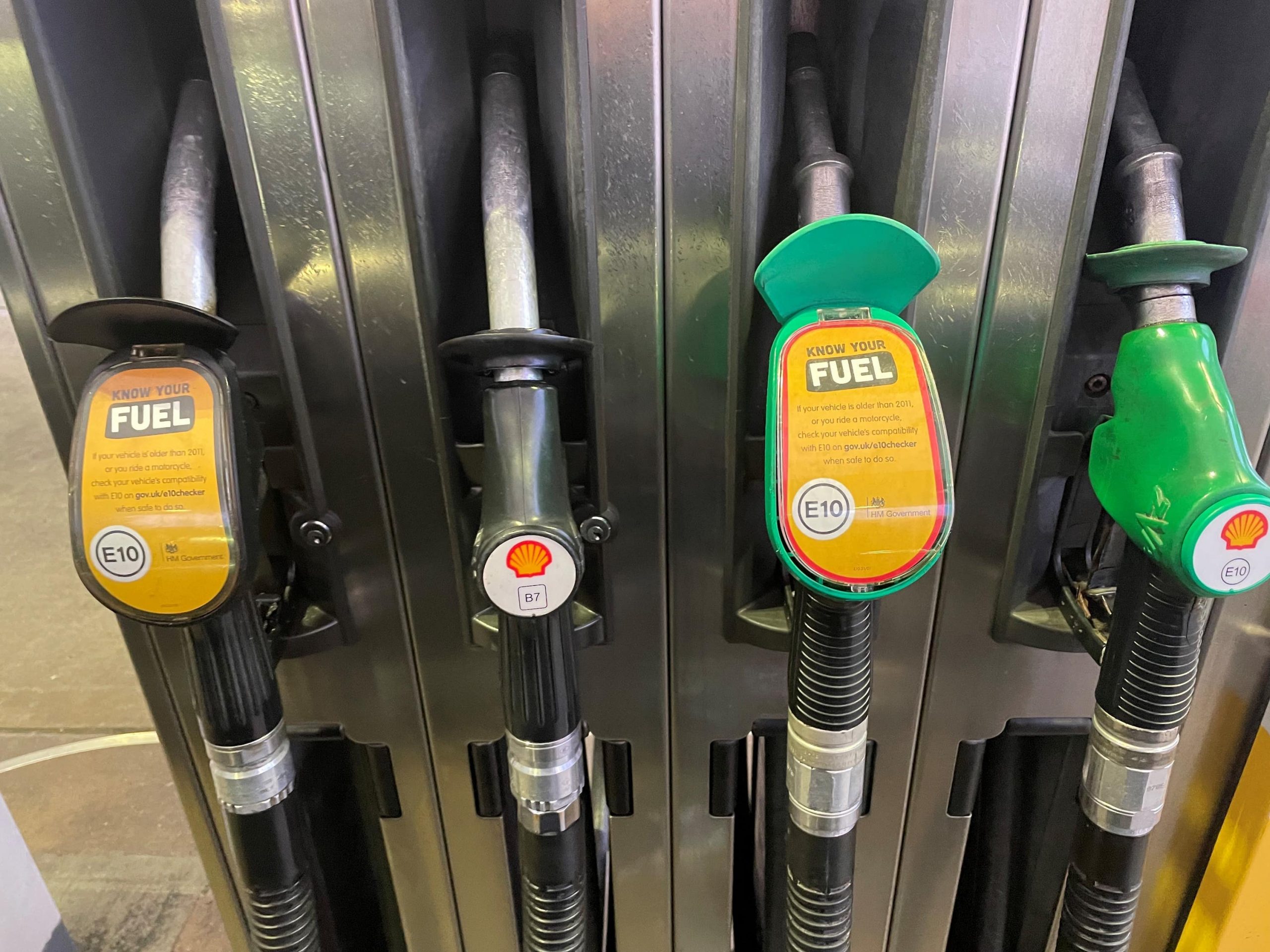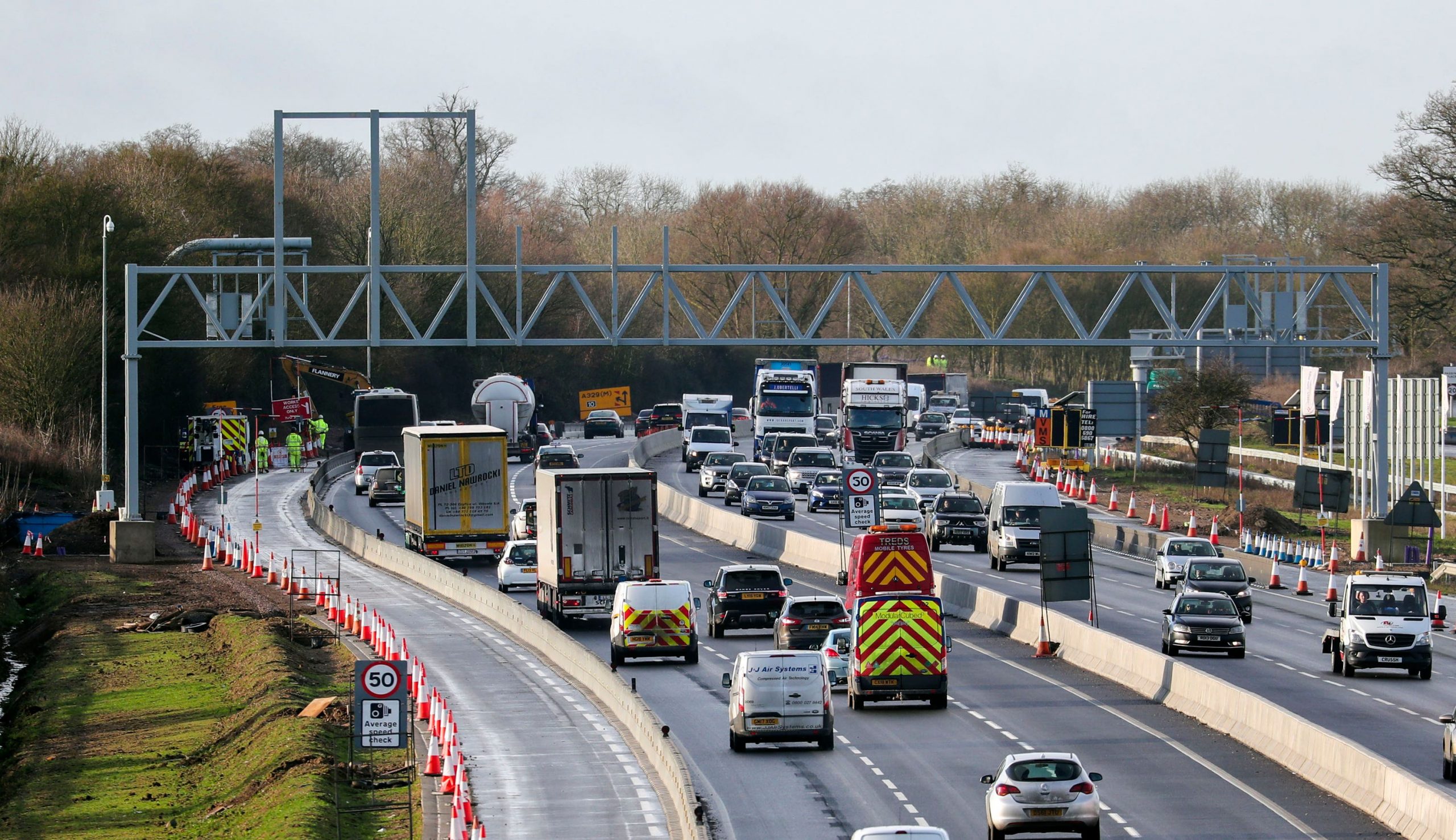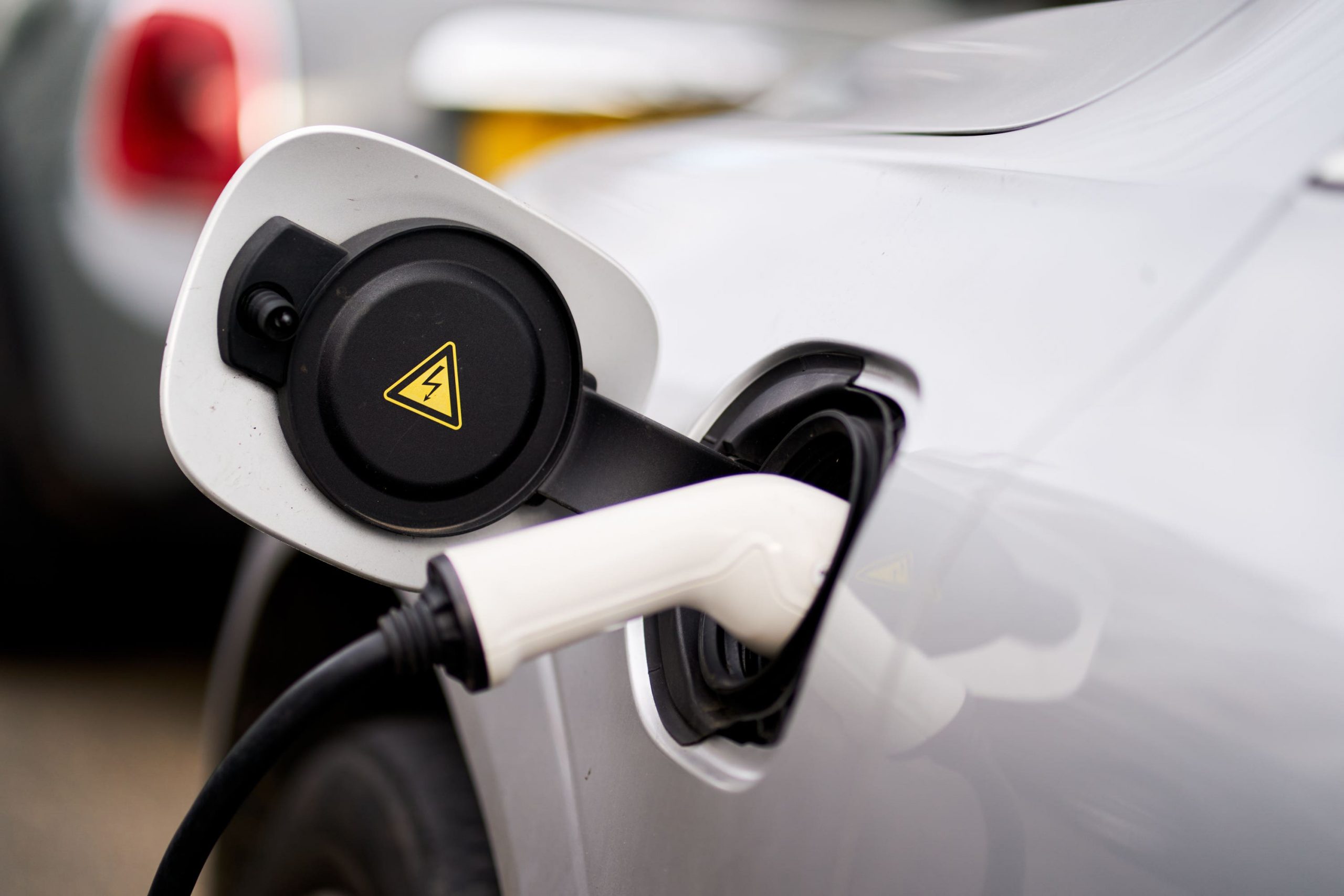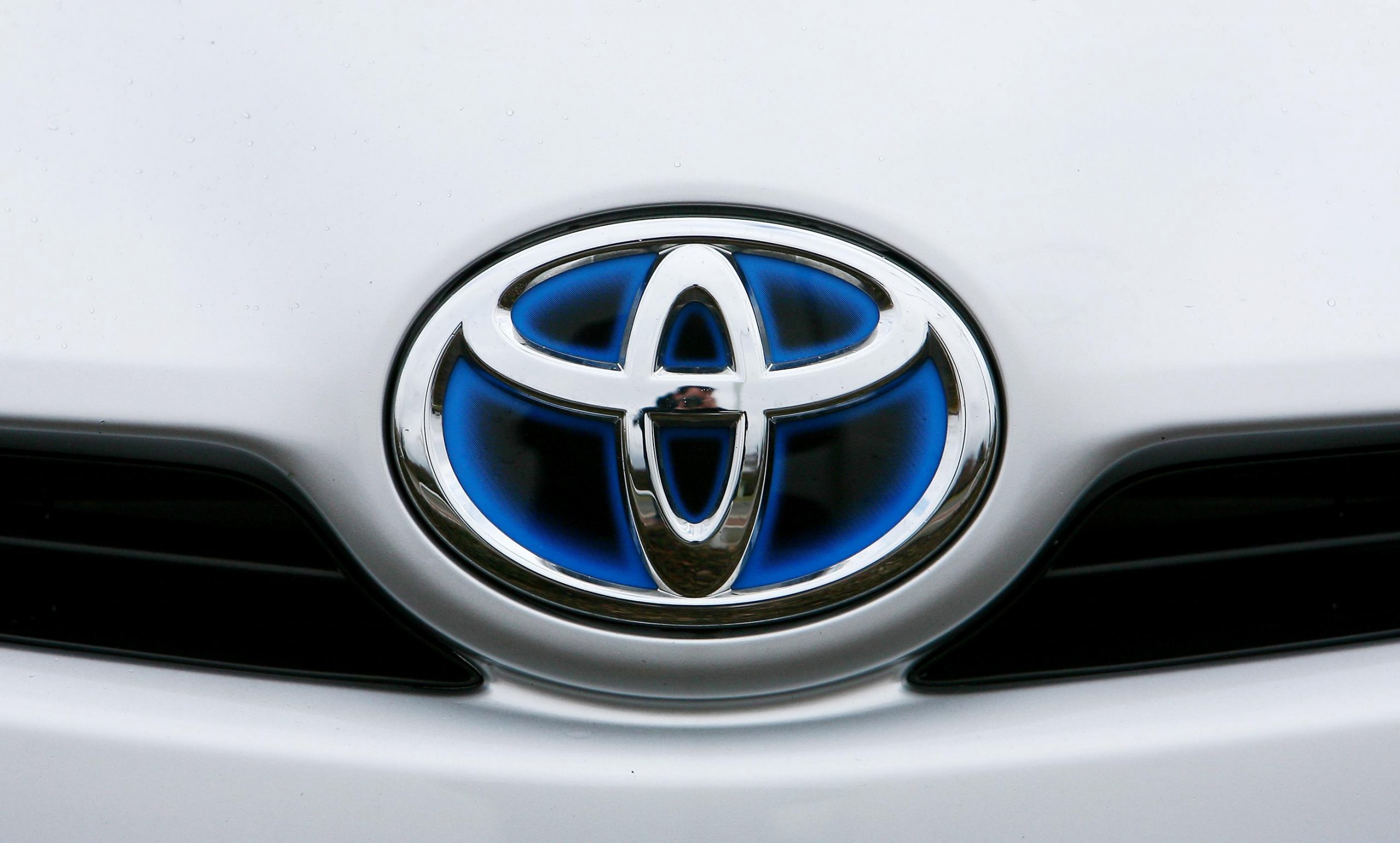It’s an exciting time in the electric car world at the moment, with more and more models going on sale.
There is big news today, too, with Dacia’s announcement that it will bring its compact EV, called the Spring, to the UK next year. The Spring has been on sale since 2021 in other European markets and has the title of Europe’s most affordable new electric car – something that it will likely be when it comes to the UK as well.
But if you can’t quite wait for the Dacia Spring to arrive, what are currently the cheapest new EVs today? Let’s take a look.
MG4 – £26,995
MG is now one of the key players in the electric car segment, with its affordable EVs really resonating with buyers that want to go electric, but without having to splash vast amounts of cash.
Its new MG4 is also currently the UK’s most affordable EV, with a starting price of £26,995. That buys the entry-level model, equipped with a 51kWh battery that’s able to achieve a credible claimed 218 miles from a charge. It’s also good to drive, well-equipped and offers attractive styling too. MG’s current offers mean you can get behind the wheel for £269 per month over a four-year deal, with a £6,000 deposit.
Fiat 500 – from £28,195
Fiat’s 500 continues to be one of the most popular cars across Europe, with petrol versions recently being joined by a new electric model, though based on new underpinnings and getting a raft of additional technology.
While substantially more expensive than the regular petrol version, this EV’s £28,195 starting price makes it one of the most accessible electric cars on the market. For this price, you are limited to cars equipped with the small 24kWh battery, which only allows for a claimed range of 118 miles. In terms of finance, a rough £6,000 deposit, and monthly payments of £290 can get you behind the wheel with a £6,000 deposit.
Nissan Leaf – from £28,495
Nissan has been producing EVs for longer than most manufacturers, with the Leaf debuting back in 2011, and helping to introduce many to electric cars. That remains the case today, with the latest car’s £28,495 starting price still putting it among the cheapest new EVs on the market. Thanks to the introduction of a new entry-level ‘Shiro’ trim level, it’s also just got £500 cheaper.
The Leaf is practical and generously equipped, with the entry-level 39kWh battery allowing for a claimed 168-mile range. Over a three-year finance contract, this Nissan is available from £350 a month with a £6,000 deposit.
Renault Zoe – from £29,995
Renault was another early firm to get involved in affordable, mass-market EVs with its Zoe, and this practical supermini remains a good option for those looking to make the switch without breaking the bank.
The Zoe starts from a smidge under £30,000, and comes generously equipped with a large touchscreen and front and rear parking sensors. A 239-mile range is also the longest of any model on this list. It is quite expensive to finance, however, currently costing £450 a month over three years with a £6,000 deposit, owing to its steep depreciation.
MG ZS EV – from £30,495
There are many electric SUVs on the market, but there are few at the affordable end of the spectrum. That’s where the MG ZS EV crossover comes in, by bringing this popular bodystyle at a lower price.
Available from £30,495, the ZS EV significantly undercuts its rivals, while still offering a respectable 198-mile range and generous equipment levels. Currently, to finance, the MG will cost £329 a month over a four-year agreement, with a £6,400 deposit.
MG5 – from £30,995
You might have noticed by now that MG dominates the affordable end of the electric car segment, with the MG5 also available for an attractive starting price of £30,995. It’s one of the few electric estate cars currently available and impresses with its practical interior and generous equipment levels.
As the MG5 is only available in ‘Long Range’ form, it means it’s also capable of a claimed 250 miles on a charge – the most of any EV on this list. It’s more to finance, however, as it costs £428 a month over four years with a £6,500 deposit.
Mazda MX-30 – from £31,250
Mazda is known to do things a little bit differently, and this is shown when it comes to EVs too. The MX-30 is quite an oddball choice, as this coupe-styled SUV might look the part but is let down by a poor range of just 124 miles.
That said, considering the level of equipment and high-quality interior, its £31,250 starting price is reasonable. It’s decent value to finance as well, as it’s available for less than £300 a month over a four-year contract, and with a £6,000 deposit.

